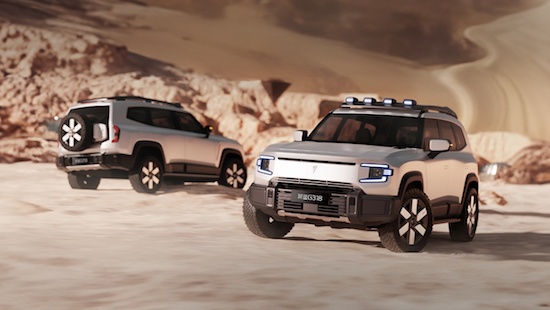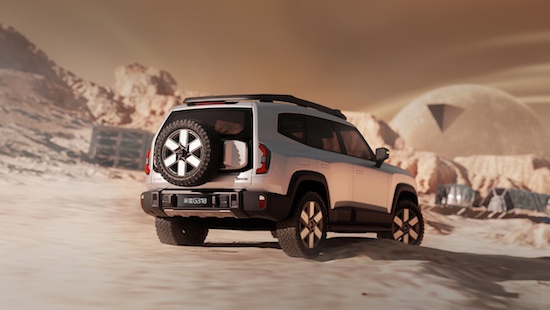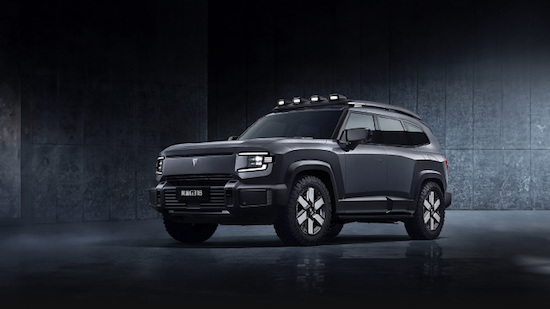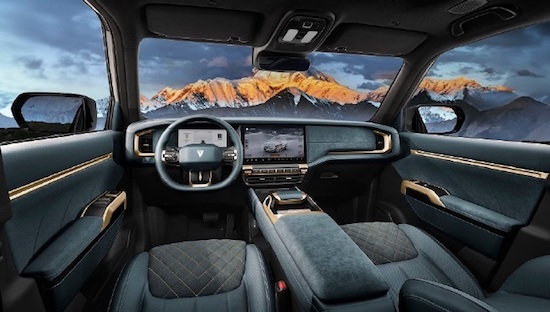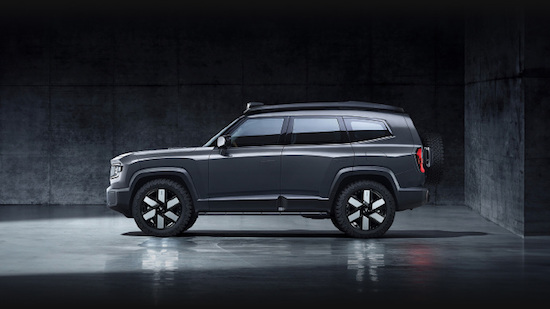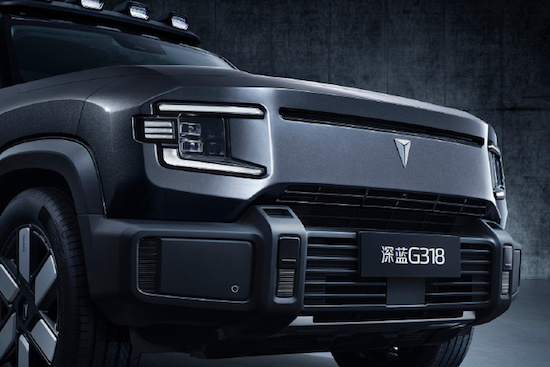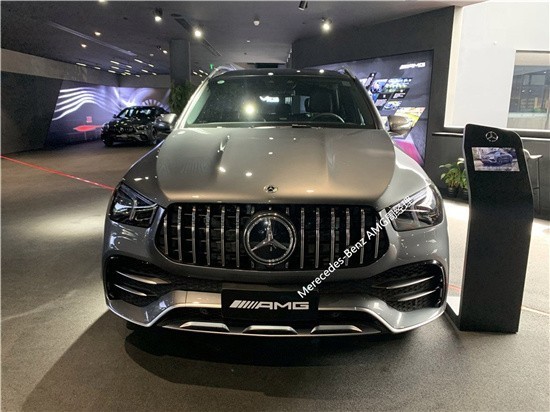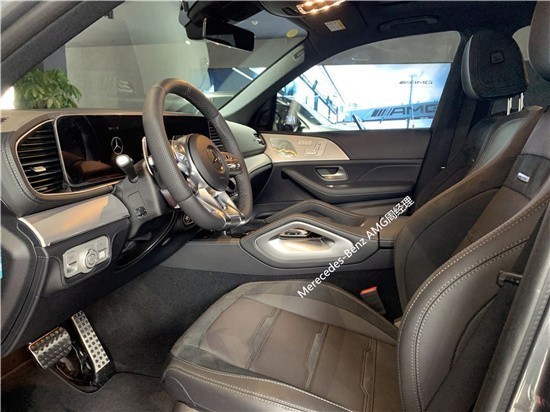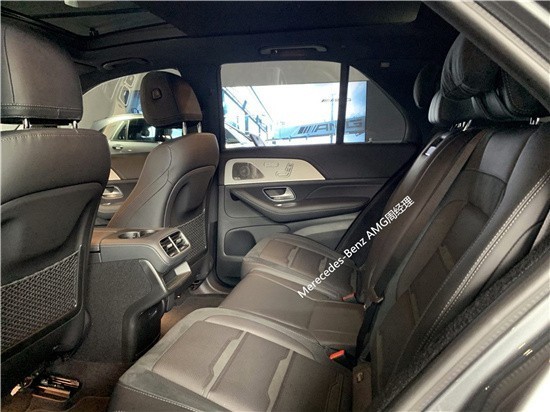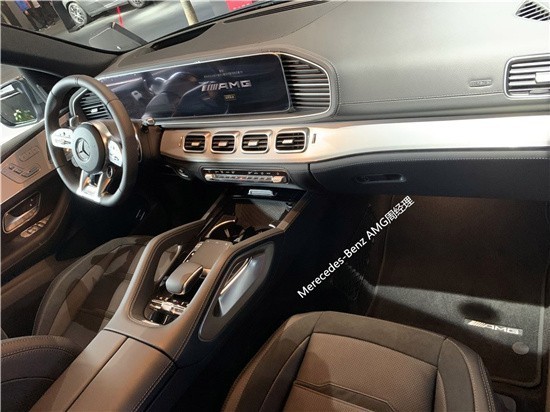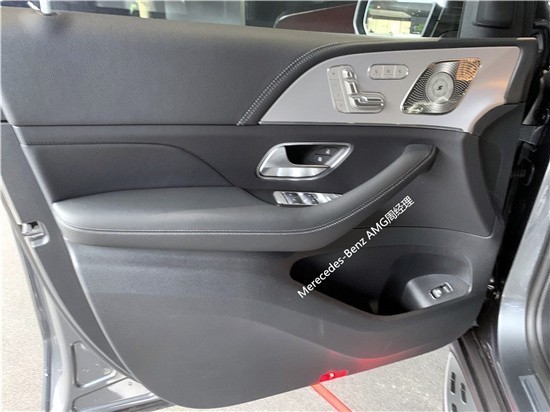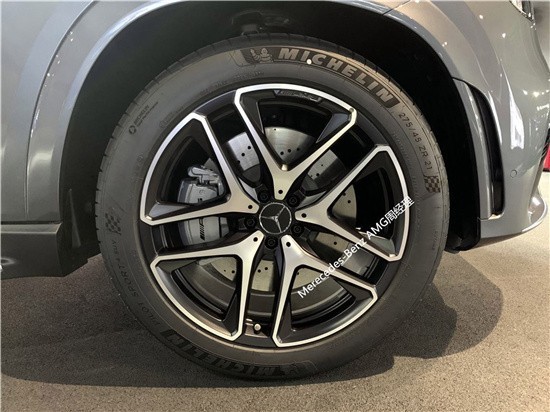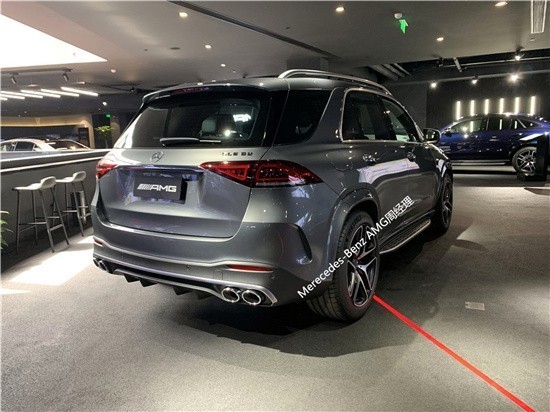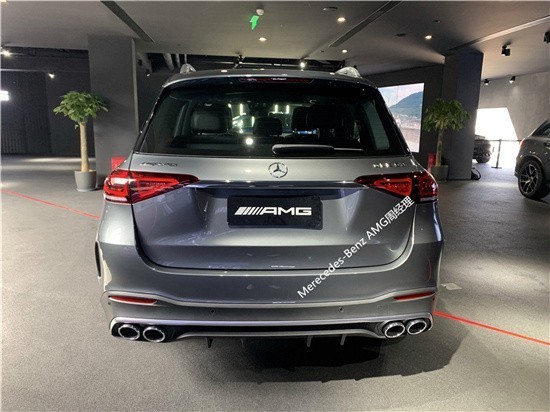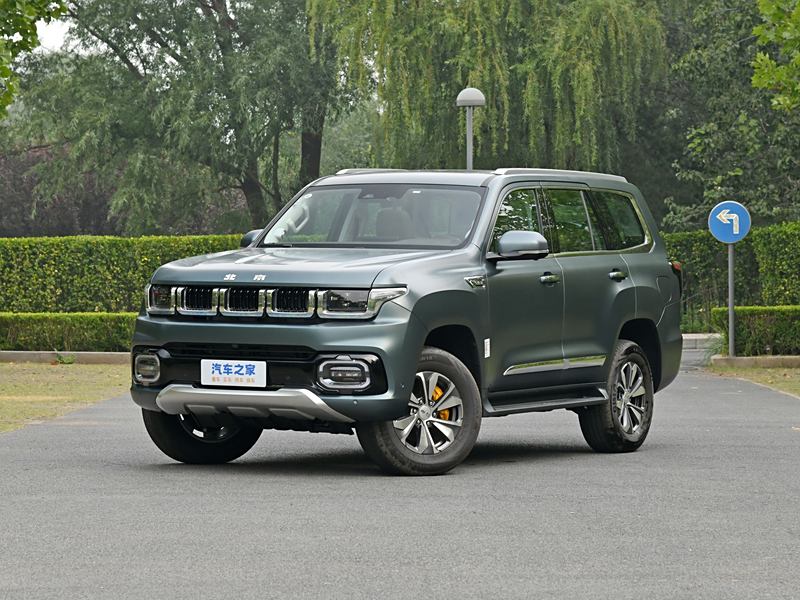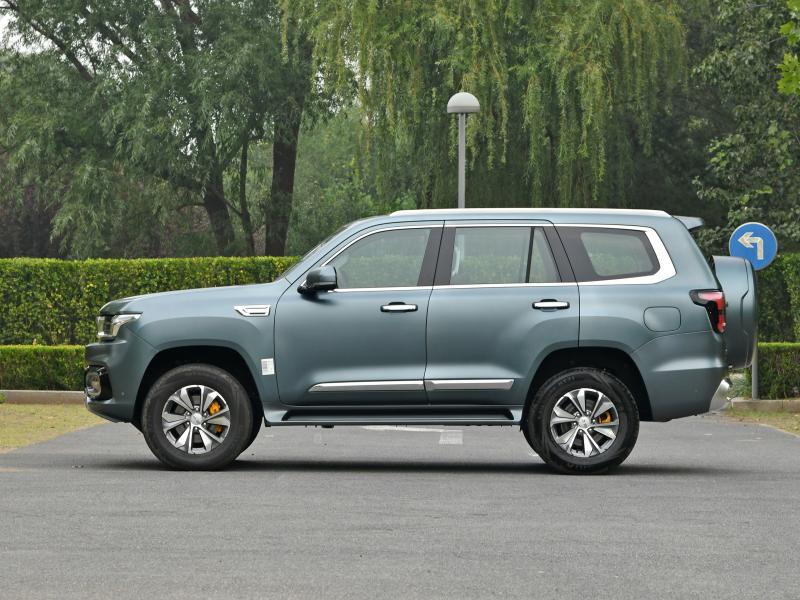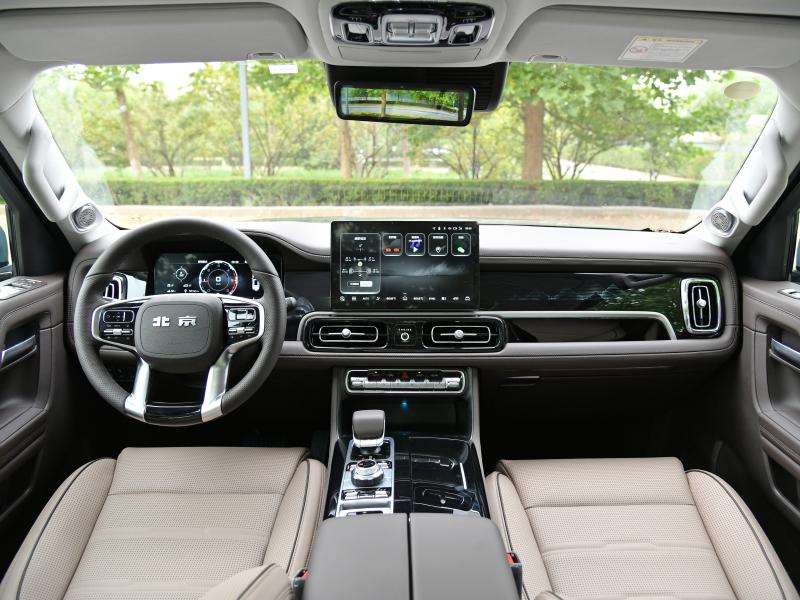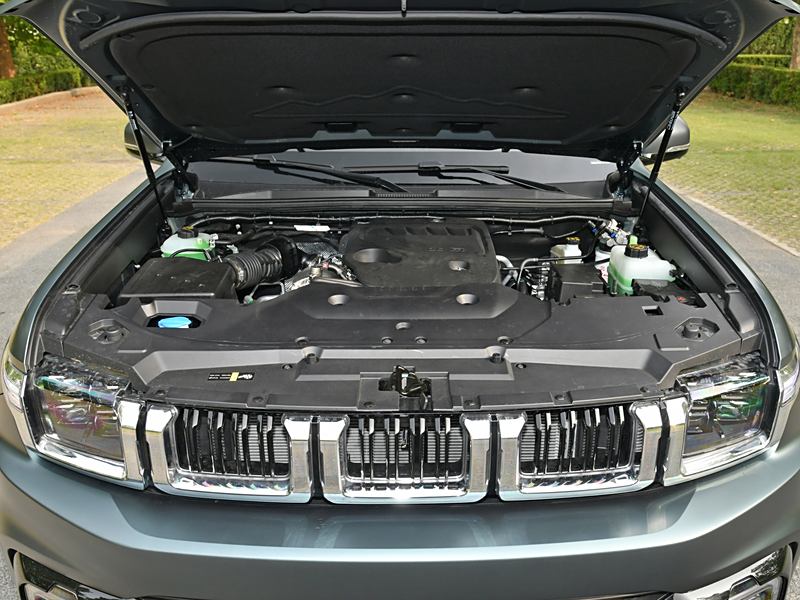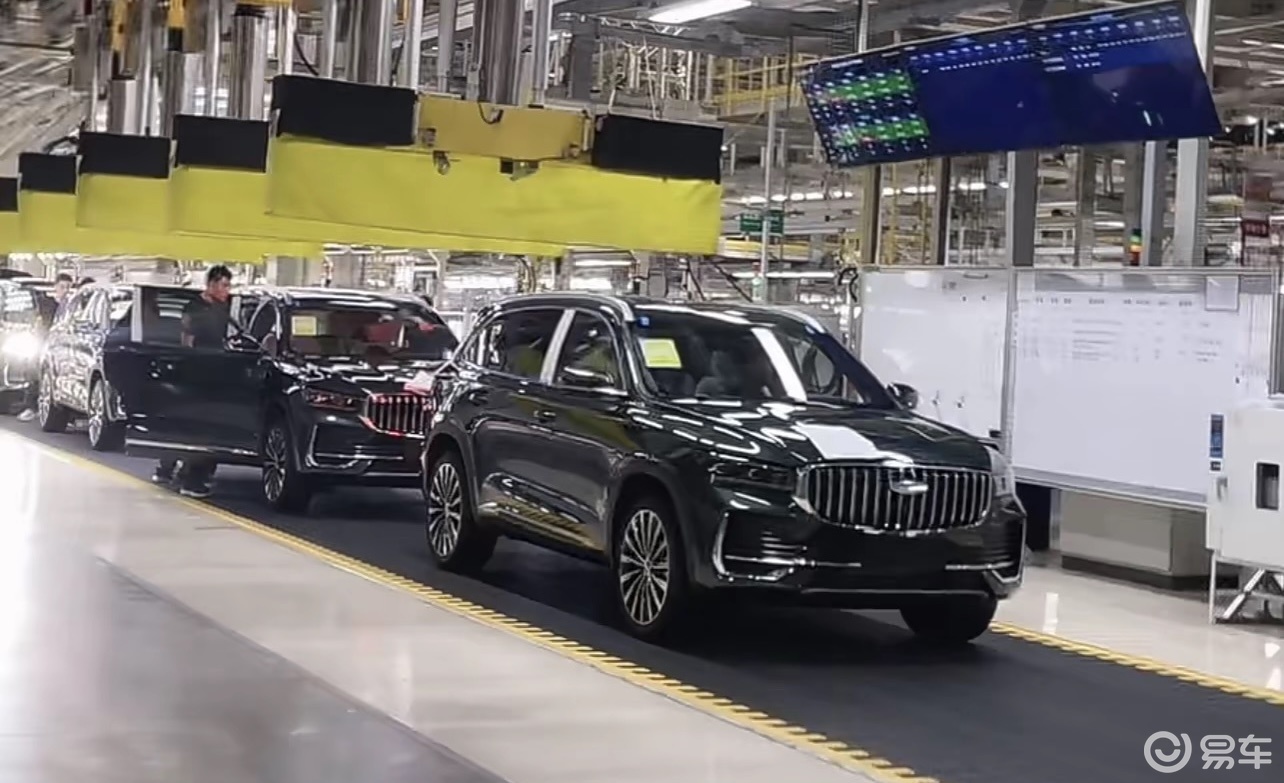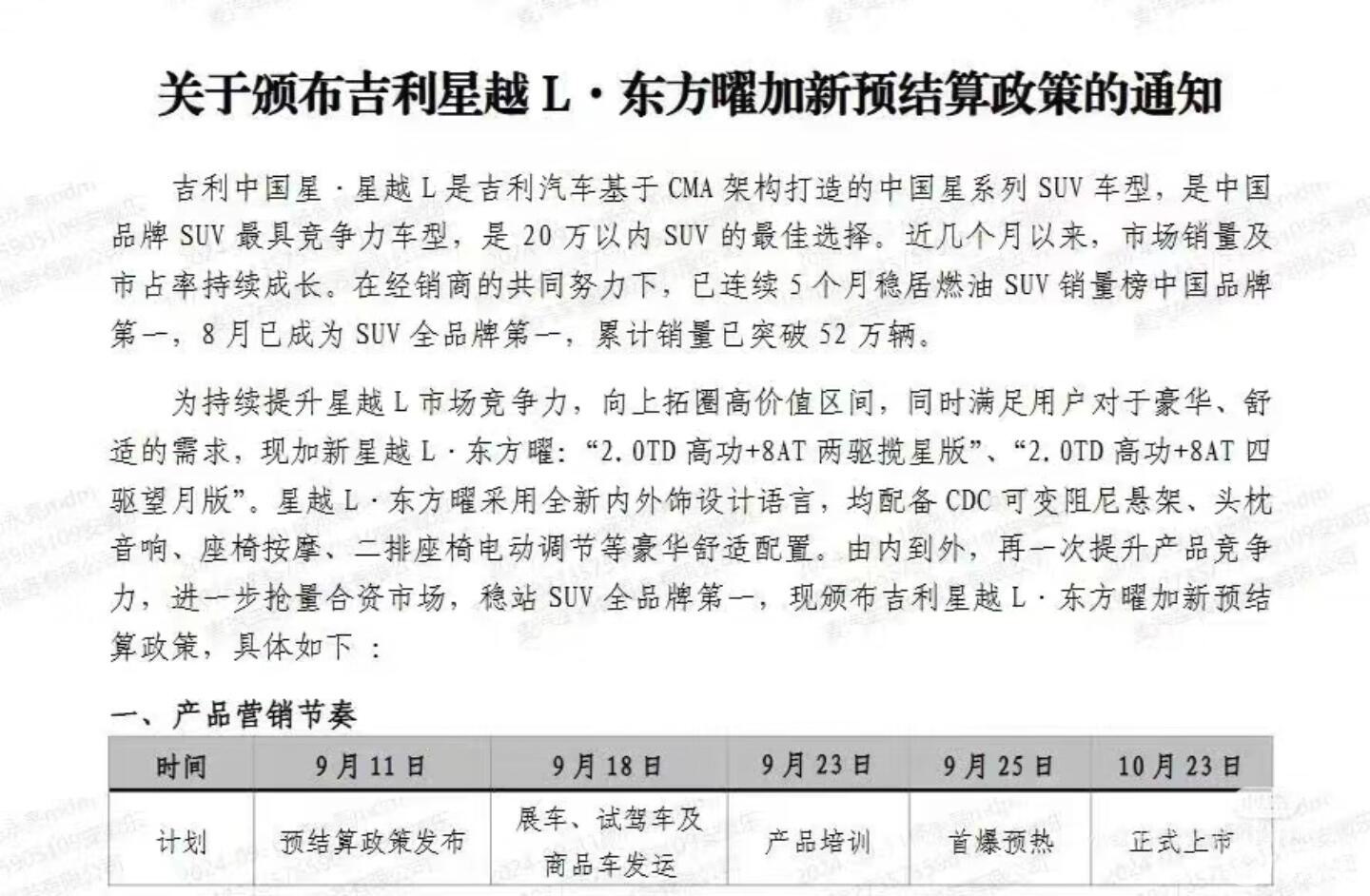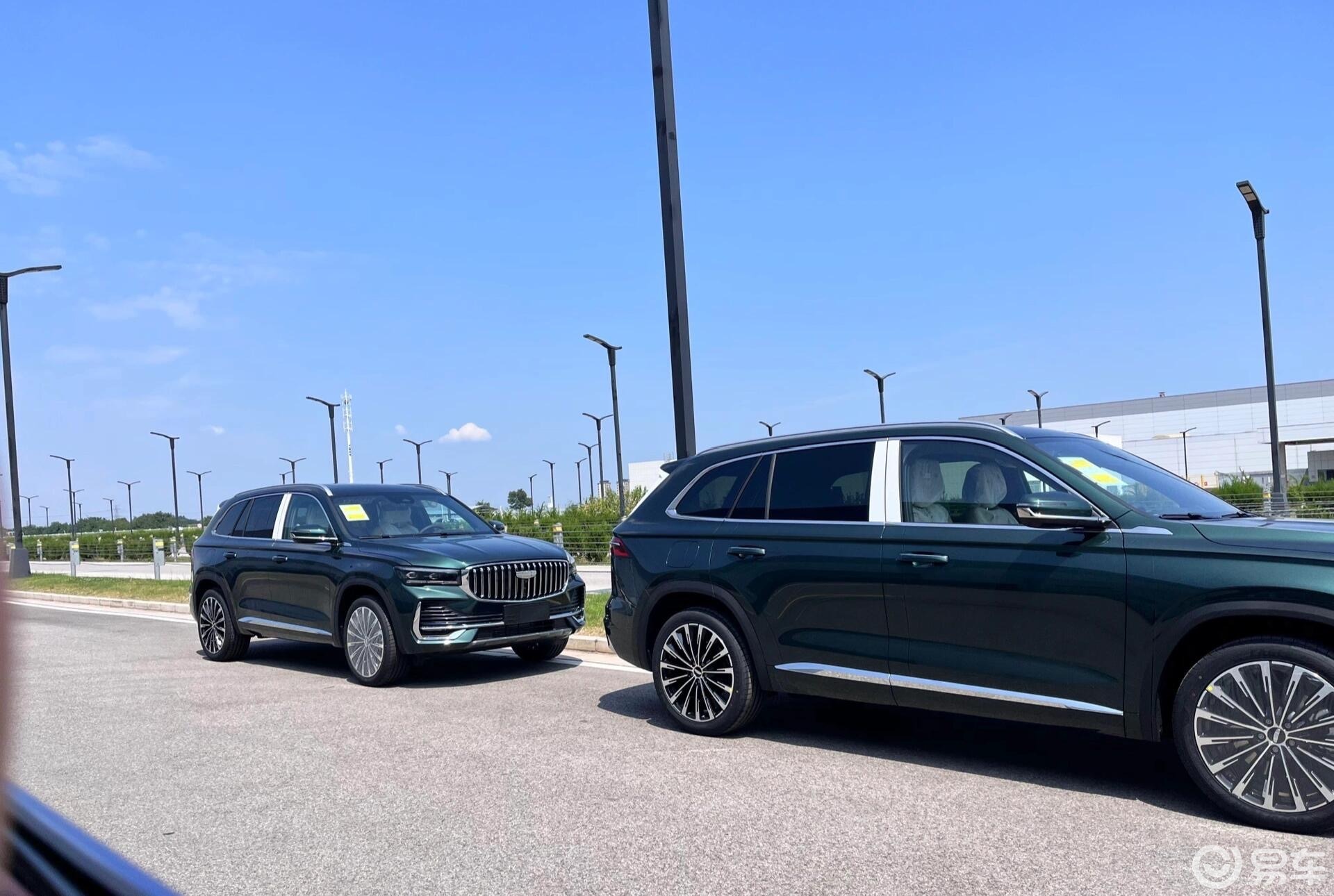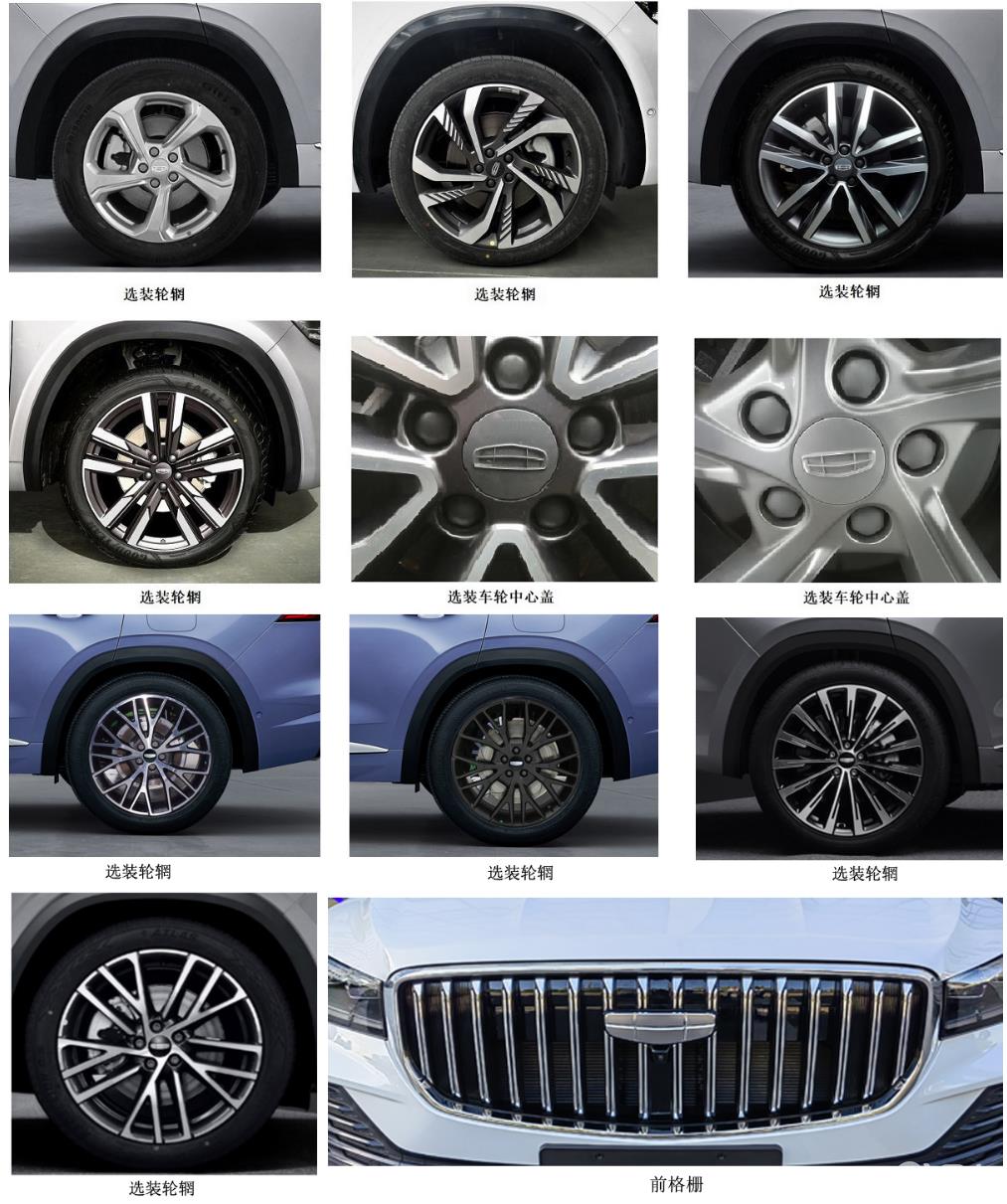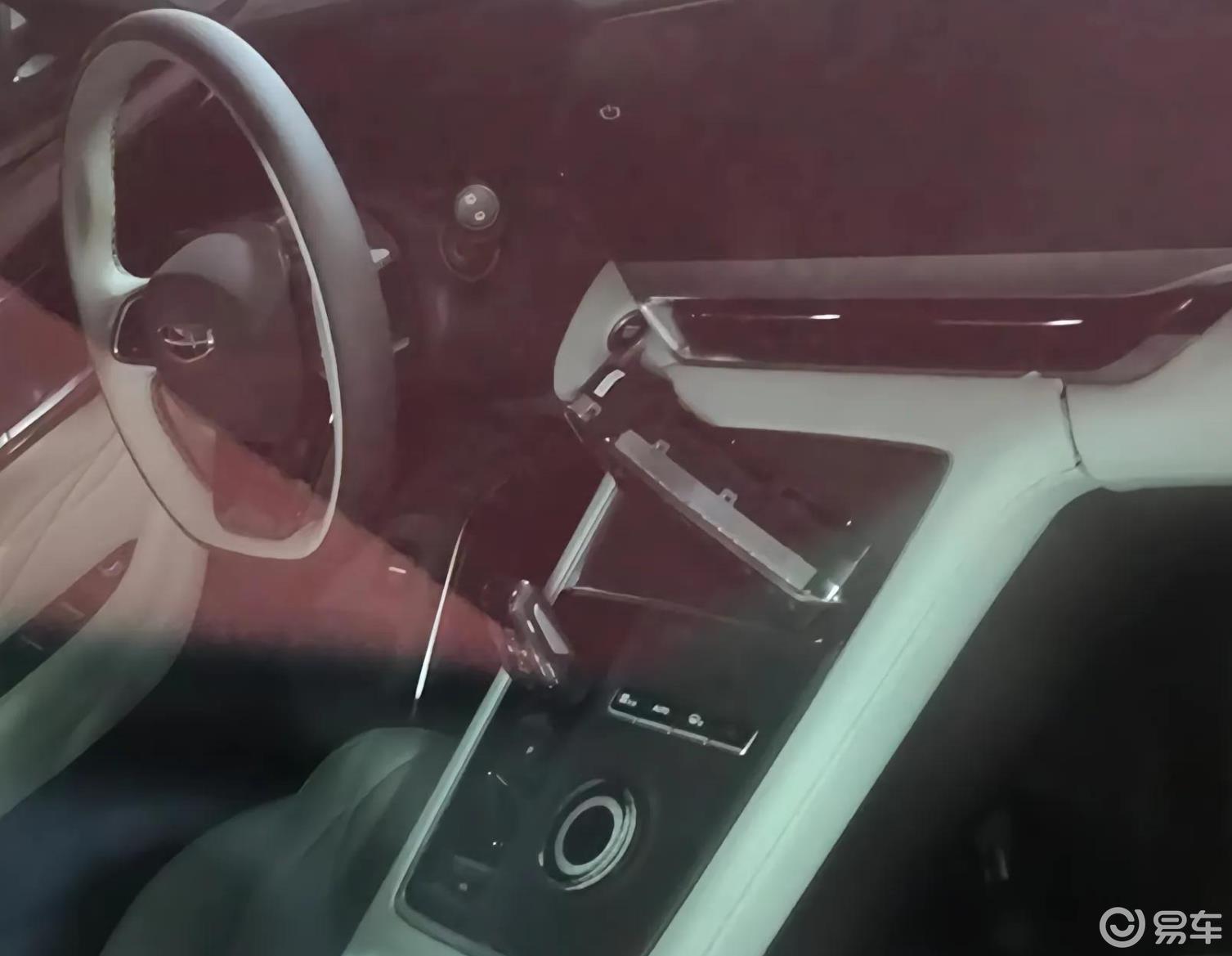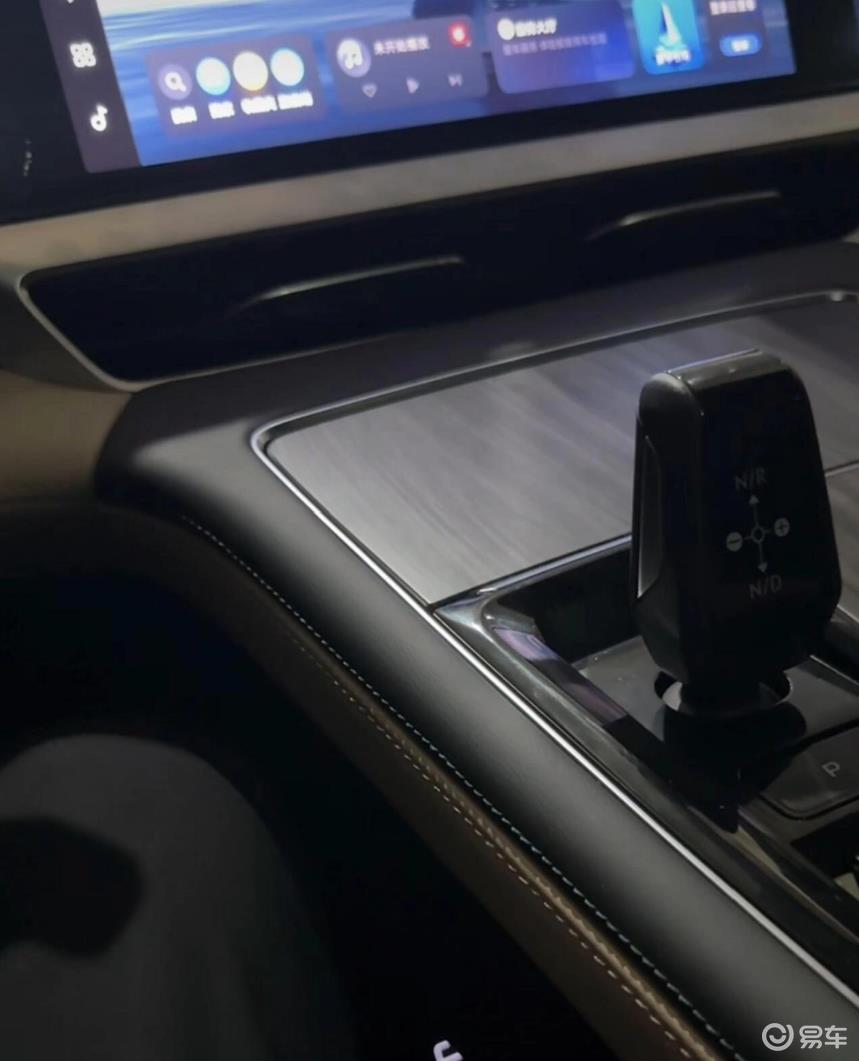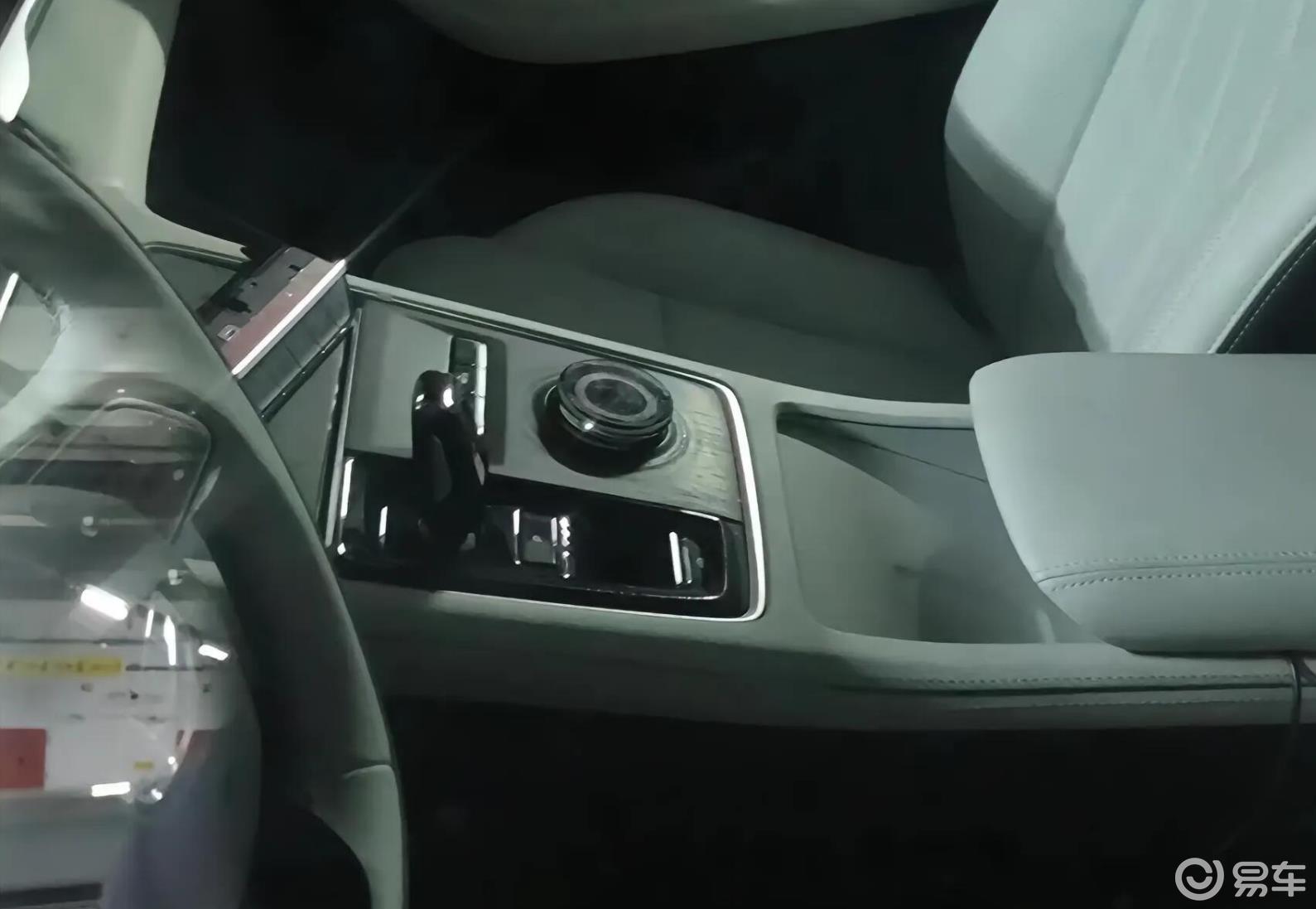[Yesterday Review]
On September 15, Hong Kong stocks rallied, with the Hang Seng Index rising 0.44% and the Hang Seng Technology Index rising 0.25%.
Internal housing stocks rose collectively, with R & F Real Estate, Country Garden, and Longguang Group rising by more than 8%. On the news, the Suzhou urban area has adjusted the policy for foreigners to buy their first suites, and no longer needs to show social security certificates or individual tax certificates; another news said that Guangzhou has relaxed the price limit policy, and the record price of new houses can rise by 10% and fall by 20%.
CRO plate collective rebound. WuXi Bio rose more than 6 %,()、() rose more than 5%.
Fosun rose higher, Fosun International rose more than 9%, () rose more than 1%. On the news, Fosun will file a lawsuit in court over the serious inaccuracy of relevant foreign media reports.
Southbound funds bought a net 2.16 billion Hong Kong dollars on the day. WuXi Bio was favored by nearly 700 million Hong Kong dollars of funds and ranked first in the buying list. It is worth noting that Southbound funds added WuXi Bio for 3 consecutive days, accumulating nearly 2 billion Hong Kong dollars. Tencent Holdings, China Overseas Development, etc. ranked at the top of the buying list; GCL Technology, Geely Automobile, etc. ranked at the top of the selling list.
[Capital flow]
Add Tencent 60%! Global asset management giant Fidelity international bottom fishing China Internet leader
Although the recent adjustment of class A shares and Hong Kong stock markets has not changed the attitude of some foreign investors to increase their positions in Chinese assets.
According to the latest data from Morningstar, Fidelity International’s China Equity Fund has updated its position as of the end of August. Fidelity International’s China Consumer Power Fund has increased its position in most of its heavy stocks, and China Focus Fund has also increased its position in many heavy stocks.
During August, the fund fully increased its holdings of Tencent Holdings, Alibaba, Meituan, JD.com and other Internet stocks. Among them, Tencent Holdings and Alibaba increased their holdings by a relatively large margin. During August, the fund increased its holdings of Tencent Holdings by 6.36%. The market value of the holdings at the end of the period was 417 million US dollars, and the 10.11% shares of Alibaba were increased. The market value of the positions at the end of the period was 339 million US dollars.
At the same time, the fund reduced its 4.36% stake in AIA, while Ping An H shares, which is also in the insurance industry, gained 10.64% of its stake.
As of the end of August, the top ten holdings of Fidelity International’s China Consumer Power Fund were Tencent Holdings, Alibaba, Meituan, AIA, Mengniu, Galaxy Entertainment, Ping An H Shares, JD.com, and Shenzhou International.
Fidelity International’s other China equity fund, the China Focus Fund, has increased its exposure to internet stocks by more than 60 per cent.
During August, the fund increased its position in Tencent Holdings by 61.18%, with a market value of $163 million at the end of the period. At the same time, the fund moved the US stock Alibaba to Hong Kong stocks. In August, it reduced its stake in Alibaba ADR by 7.12% and increased its stake in Hong Kong stock Alibaba by 17.66%. Financial stocks such as Construction Bank, China Merchants Bank, and Industrial and Commercial Bank of China were also increased by the fund.
As of the end of August, the top ten major holdings of Fidelity International’s China Focus Fund were Tencent Holdings, Construction Bank H Shares, Alibaba, Alibaba ADR, () H Shares, China Merchants Bank H Shares, Industrial and Commercial Bank of China H Shares, Baidu ADR, Lenovo Group, and () H Shares.
[Institutional Perspective]
Tianfeng Securities: The turning point in the performance cycle of the Internet sector has been established, which is expected to attract additional funds
() believes that after the Politburo meeting in late April set the tone, platform economic governance gradually shifted to normalized governance due to the past centralized supervision. Under the current phased environment, platform enterprises play an important and positive role in "stabilizing employment". Overall, we believe that macro-setting underpins the domestic policy environment, industry supervision tends to return to normalization, and with the gradual implementation of key rectification cases, uncertainty is significantly alleviated.
At the same time, the Internet industry’s second-quarter results were announced one after another. Most platform companies’ performance exceeded market expectations, some business income was more resilient, and the industry as a whole reduced costs and increased efficiency significantly. Although the subsequent revenue acceleration may still depend in part on the recovery of domestic economic growth and the acquisition of game license numbers, etc., the brokerage still believes that the current round of the downward revision of China’s Internet industry’s phased profit expectations may be basically over, and the inflection point of the performance cycle is basically established.
Overall, with the improvement of the policy environment in the Internet industry and the establishment of a profit inflection point, the mid-term valuation is relatively cost-effective, which is expected to attract additional funds. It is recommended to pay attention to: Tencent, Meituan, Kuaishou, JD.com, Pinduoduo, NetEase, Alibaba, Bilibili, etc.
[Major announcement]
BYD board secretary responds to screenshots sent online: How can the electric vehicle industry decouple?
Last night, a screenshot circulated online claiming that the IRA Act requires that Chinese batteries be banned after 2024.
In this regard, Li Qian, the secretary of the board, wrote in Moments, "I don’t see how the electric vehicle industry can decouple. In the electric vehicle industry, the United States is still in its infancy, relying on increased subsidies to support it, while China has completely shifted from policy-driven to market-driven."
The new team of Tianfeng Securities also issued a document saying that the IRA bill only says that starting from 2024, any country whose battery components are produced in the list of "countries of special concern" (China is included) will no longer apply subsidies, and there is no requirement to ban them.
According to the news, Kuaishou’s international business organization has been adjusted to fully accelerate commercialization
On September 15, according to LatePost, Kuaishou Senior Vice President Ma Hongbin made a round of adjustments to the organizational structure of the department after leading the internationalization business for more than a month.
After this adjustment, Xu Zhiwei, the head of internationalization original products and operations, will only be responsible for products, and the operation business will be transferred from the domestic main station business to Chen Ji, who will report to Ma Hongbin. Wang Meihong, the former head of the internationalization technology and growth team, has left the internationalization business department and transferred to the assistant CEO.
According to reports, Ma Hongbin will continue the business direction previously set by Kuaishou’s internationalization division: not to do large-scale growth, but to accelerate commercialization in an all-round way.
After Miniso was shorted, it responded: an independent investigation revealed that the relevant allegations were unfounded
Miniso announced the latest progress of its independent investigation on September 15, saying that the short-selling report issued by short-selling agency Blue Orca Capital on July 26, 2022 was unfounded.
Miniso said that after the short-selling report was published, the company’s board of directors established an independent committee to oversee the independent investigation into the allegations in the report. The independent investigation was overseen by an independent committee and conducted with the assistance of forensic accounting experts from an international law firm and a well-known forensic accounting firm.
Ultimately, the independent committee concluded that the findings of the independent investigation were consistent with the preliminary findings, and that the allegations related to the short report were unfounded.
Dongfeng Group plans to open the first round of external capital increase 30 billion its Lantu Automobile through bonds and other financing
Dongfeng Group shares released a financing plan for 2022, and the move is a big deal.
On the evening of September 14, Dongfeng Group announced that the company plans to apply to the Securities Supervision Commission for the registration of securities market bonds of 10 billion yuan and the China Interbank Market Dealers Association for the registration of interbank market bonds of 20 billion yuan, a total of 30 billion yuan.
A day earlier, the information on the capital increase project of Landmap Automobile under Dongfeng Group was officially disclosed on the Shanghai United Equity Exchange. This capital increase is the first external equity financing since the establishment of Landmap Automobile. After the completion of the capital increase, it is expected that Dongfeng Group shares will hold no less than 77% of the equity, strategic investors will hold no more than 15% of the equity, and the employee shareholding platform will hold no less than 8% of the equity.
Lantu said that this external financing will further optimize the shareholding structure of Lantu Automobile and accelerate the reform process of the state-owned enterprise system and mechanism.
[Financial data]
1 (): Recently won the bidding 91.20 billion yuan major project.
2. People’s Insurance Group of China: January-August insurance premium income 452.461 billion yuan, an increase of 9.89%.
3 (): August commercial coal sales 25.96 million tons, an increase of 1.3%.
4. Weicheng International: It is expected that the annual net loss will be about 46 million yuan.
5 (): The accumulated original insurance business income from January to August was 290.90 billion yuan.
6. China’s property and casualty insurance: January-August insurance premium income of 340.247 billion yuan increased by 9.8% year-on-year.
7 (): Passenger turnover in August Passenger turnover rose by 56.4% year-on-year and fell by 4.9% month-on-month.
8 (): From January to August, the newly signed contract amount 832 billion yuan increased by 5.9% year-on-year.
9. China Eastern Airlines shares: August passenger turnover rose by 62.14% year-on-year.
[Investment and Operation]
1. Geli Pharmaceutical-B: Shanghai Public Health Clinical Center has completed the clinical study of PD-L1 antibody ASC22 combined with cidamide for the functional treatment of HIV infection.
2. Qiansheng Group Holdings: Signed a memorandum of understanding with Guangzhou Maiwei Technology.
3. TRUE PARTNER: 10 million yuan subscription fund.
4. ISP GLOBAL: Signed a strategic cooperation agreement with Nian Nian Card Group.
5. Central Holdings: Enter into a strategic cooperation agreement with ().
6. China Everbright Green Environmental Protection: spend 4.74 million yuan to purchase equipment and related technical services from Everbright Environmental Changzhou.
[Repurchase and Cancellation]
Tencent Holdings: on September 15 spent 351 million Hong Kong dollars to buy back 1.17 million shares.
2. Skyworth Group: repurchased 8 million shares at a cost of HK $2862.16 million on September 15.
3. SMIC: On September 15, it spent 53.2195 million Hong Kong dollars to buy back 3.3015 million shares.
4. Xiaomi Group-W: Purchased 2.30 million shares at a cost of HK $2402.56 million on September 15.
5. AIA: On September 15, it cost 178 million Hong Kong dollars to buy back 2.485 million shares.
6. China Software International: On September 15, it cost 5.7469 million Hong Kong dollars to buy back 1 million shares.
7. Swire Pacific A: Purchased 262,000 shares at a cost of HK $14.454 million on September 15.
8. Standard Chartered Group: On September 14, it cost 9.4701 million pounds to buy back 1.5504 million shares.
9 (): On September 15, it cost 33.413 million yuan to buy back 3 million class A shares.
10 (): On September 15, it cost 41.9388 million yuan to buy back 1.358 million class A shares.
11. Changshi Group: On September 15, it cost 33.1418 million Hong Kong dollars to buy back 630,500 shares.
12. China Feihe: On September 15, it cost 6.0596 million Hong Kong dollars to buy back 1 million shares.
13. Fosun International: On September 15, it cost 29.26 million Hong Kong dollars to buy back 6 million shares.
14. DXN Service Group: Purchased 2.63 million shares at a cost of HK $7.89 million on September 15.
15. ASMPT: Purchased 150,000 shares at a cost of HK $9.405 million on September 15.
16. Greentown Services: Purchased 702,000 shares at a cost of HK $3.9968 million on September 15.
17. Easy Bulk: On September 15, it cost 6.157 million Hong Kong dollars to buy back 4 million shares.
[Other]
1. Bohai Bank: Employees plan to buy more than 25 million H shares of the company with equity funds.
2. China Communications Construction: The controlling shareholder has increased its holdings of about 264 million H shares.
3. First Cheng Holdings: State Management Holdings intends to purchase 728 million shares of the company.
4. Jianye Real Estate: plans to repurchase shares in the open market under the repurchase authorization.
5. Ali Health: Granted 5.8233 million restricted share units.
6. Qiu Titanium Technology: He Ningning, the controlling shareholder and chairperson of the board of directors, increased 100,000 shares.
7. Baoxin Financial: It is planned to conduct a "20-in-1" share merger.
8. Dashan Education: It is proposed to acquire approximately 45.75% of KSIEducation for 5.80 million pounds sterling.
9. China Investment and Development: It is proposed to discount approximately 19.79% of the 492 million shares to raise 37.40 million Hong Kong dollars.
